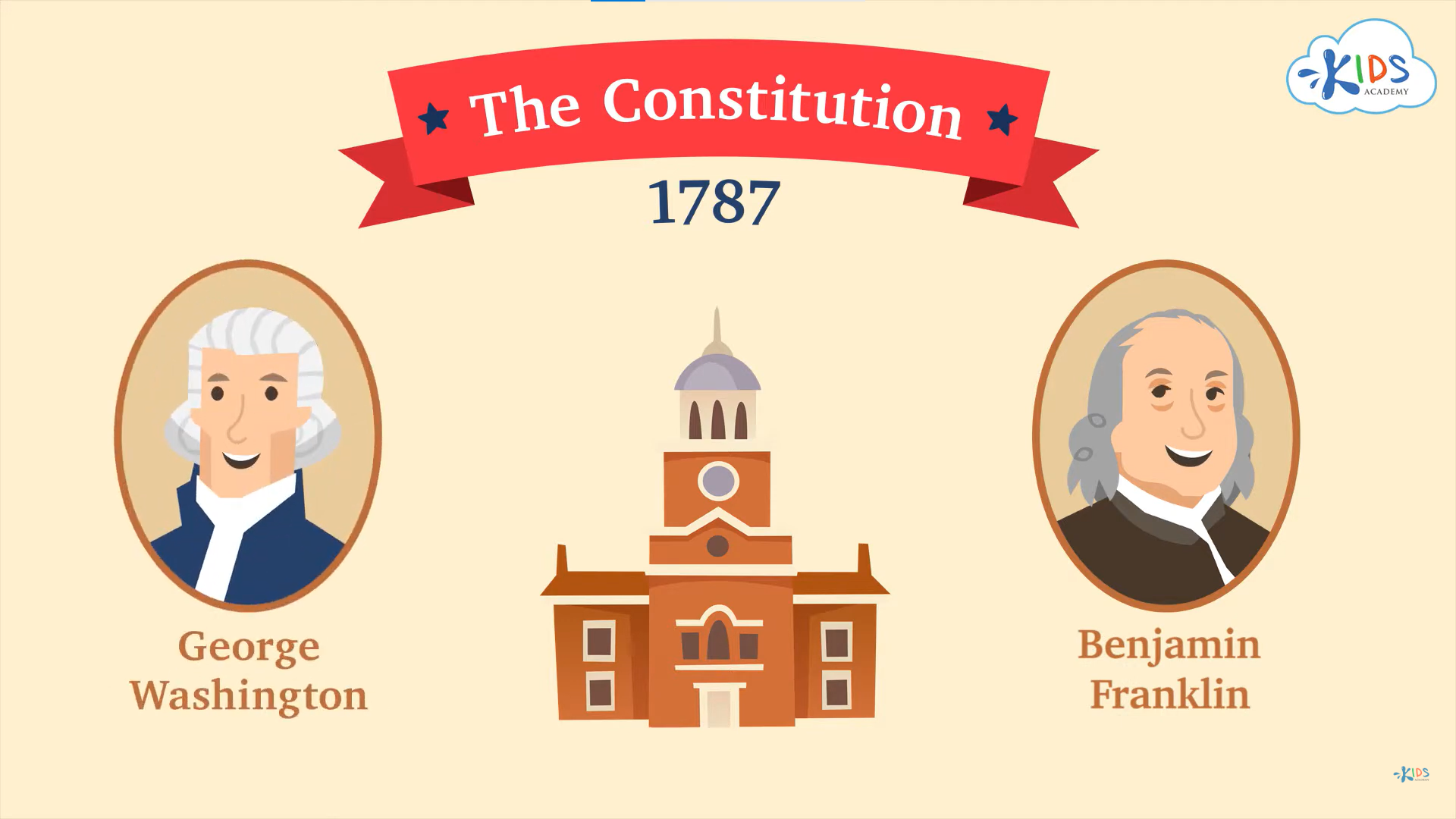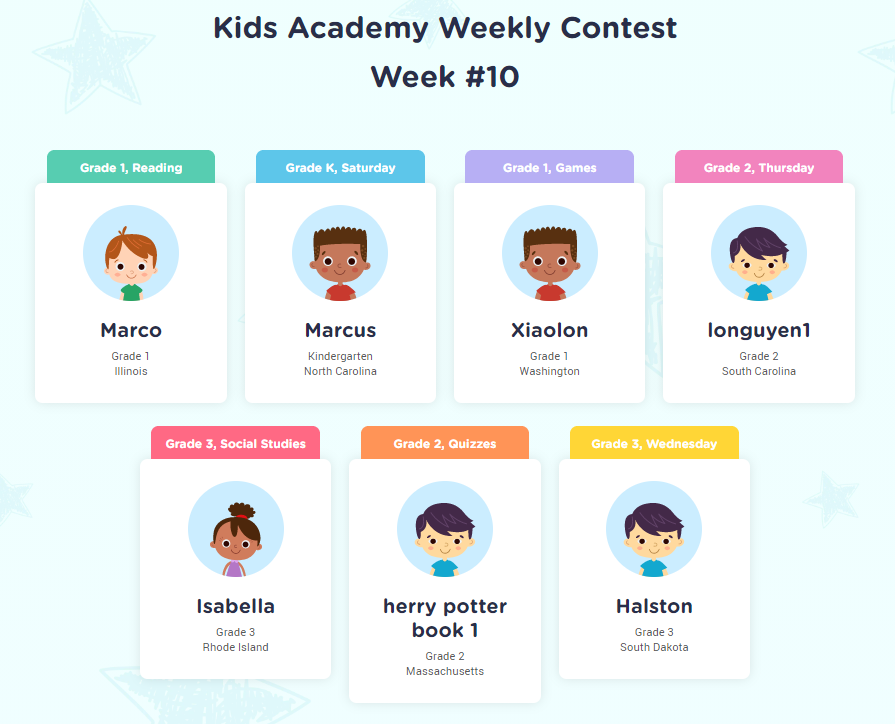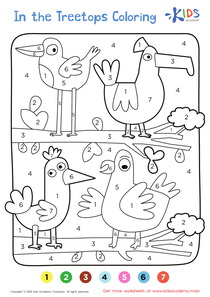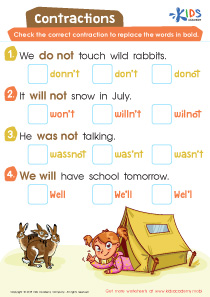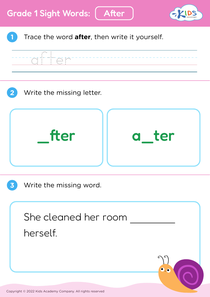Craft and Structure worksheets for Grade 1
13 filtered results
-
From - To
Discover our engaging "Craft and Structure Worksheets for Grade 1," designed to help young learners explore the essential components of literature. These worksheets align with Common Core standards, focusing on vital skills such as understanding a story's structure, identifying the author's purpose, and recognizing the use of descriptive language. Each worksheet features colorful visuals and interactive elements that make learning enjoyable and effective. Perfect for in-class instruction or at-home practice, our resources nurture thoughtful reading and comprehension. Empower your first graders to analyze texts and enhance their love for reading with our carefully curated Craft and Structure worksheets!
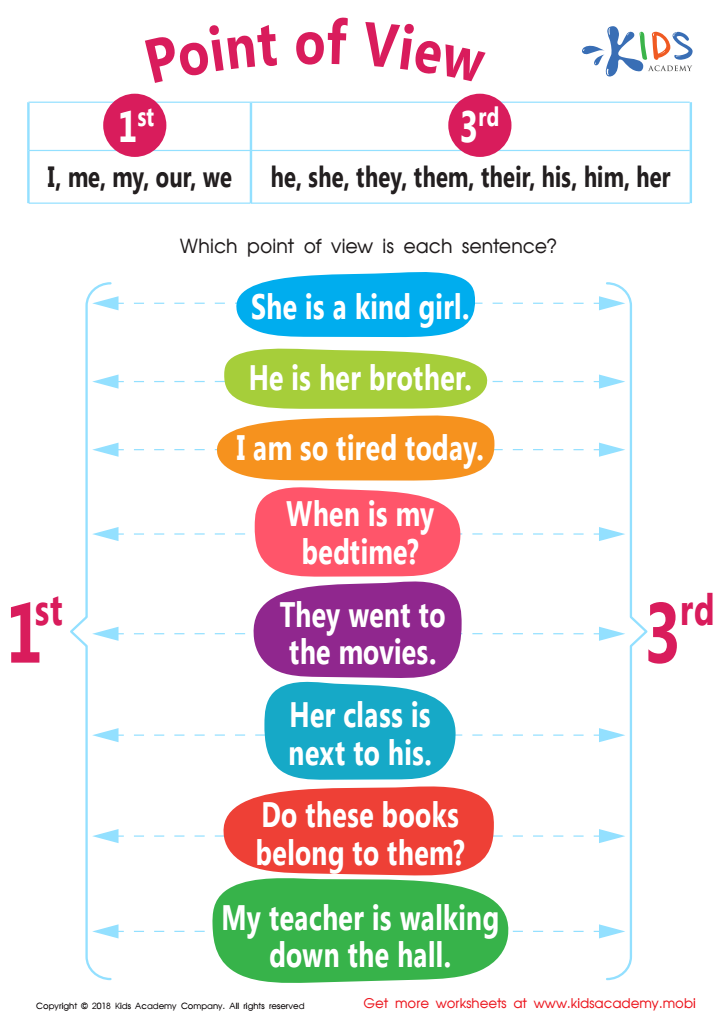

Point of View Worksheet
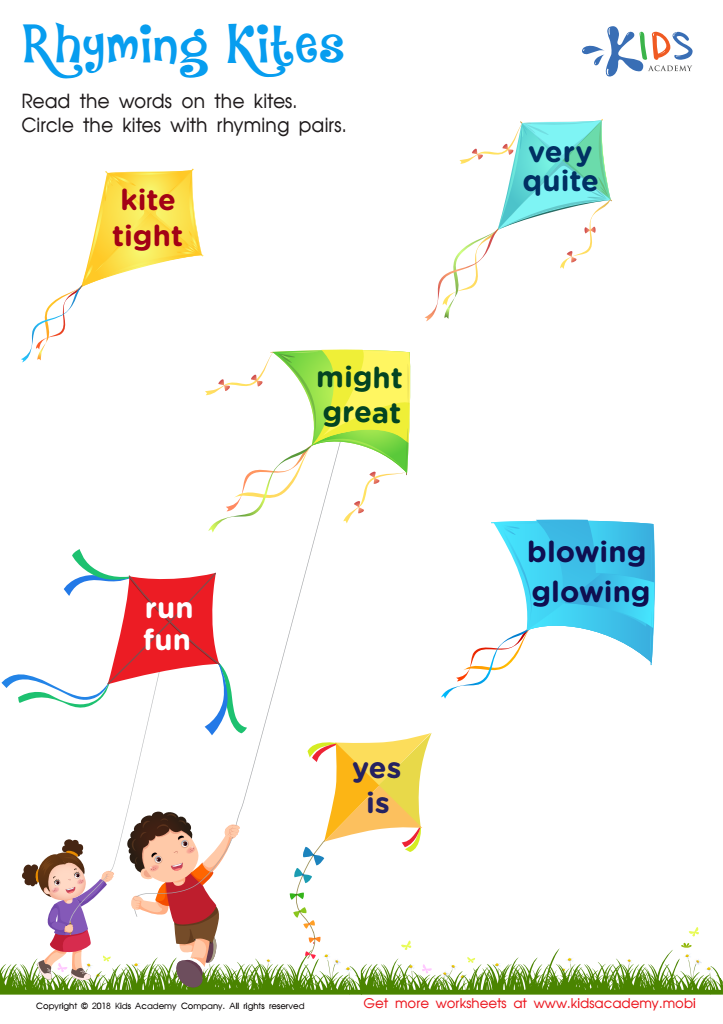

Rhyming Kites Worksheet
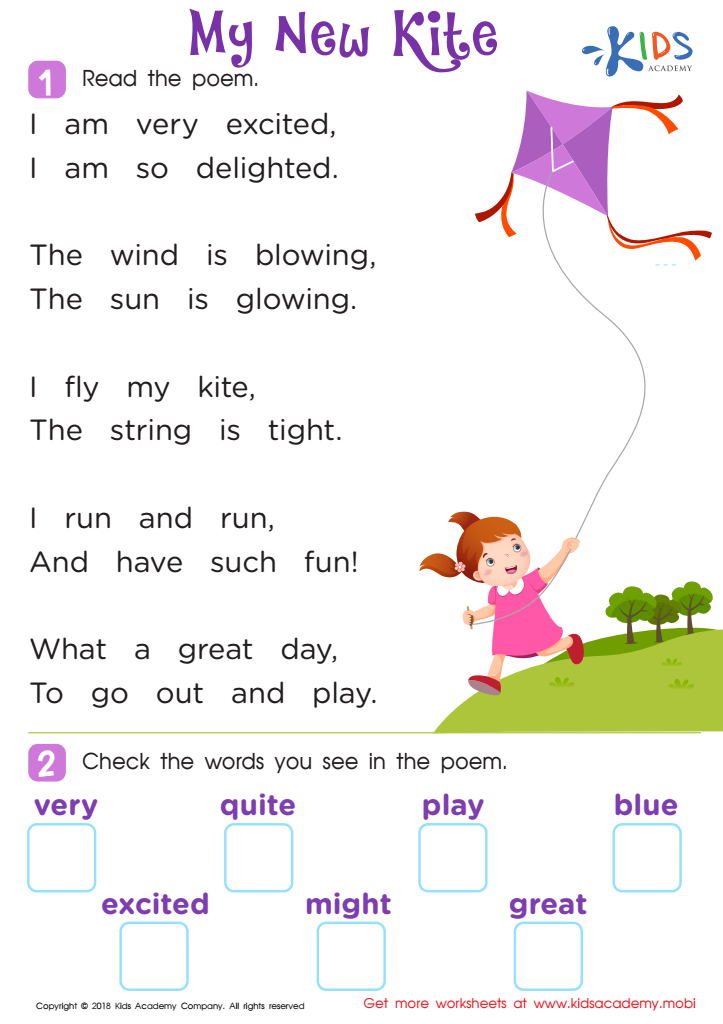

Poem: My New Kite Worksheet
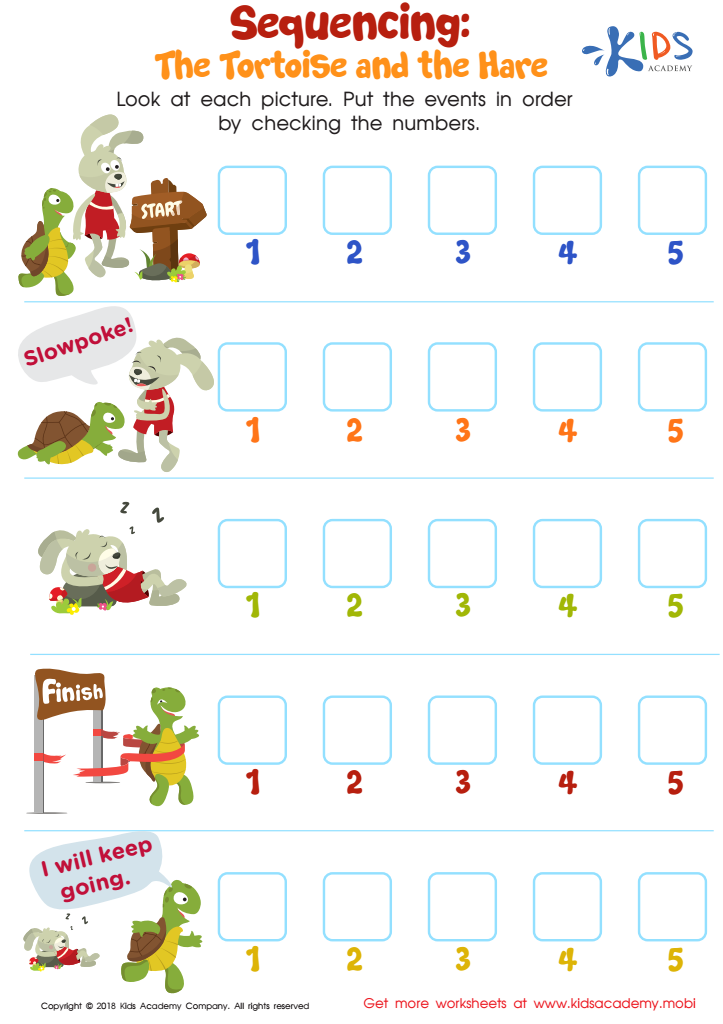

Sequencing: The Tortoise and the Hare Worksheet
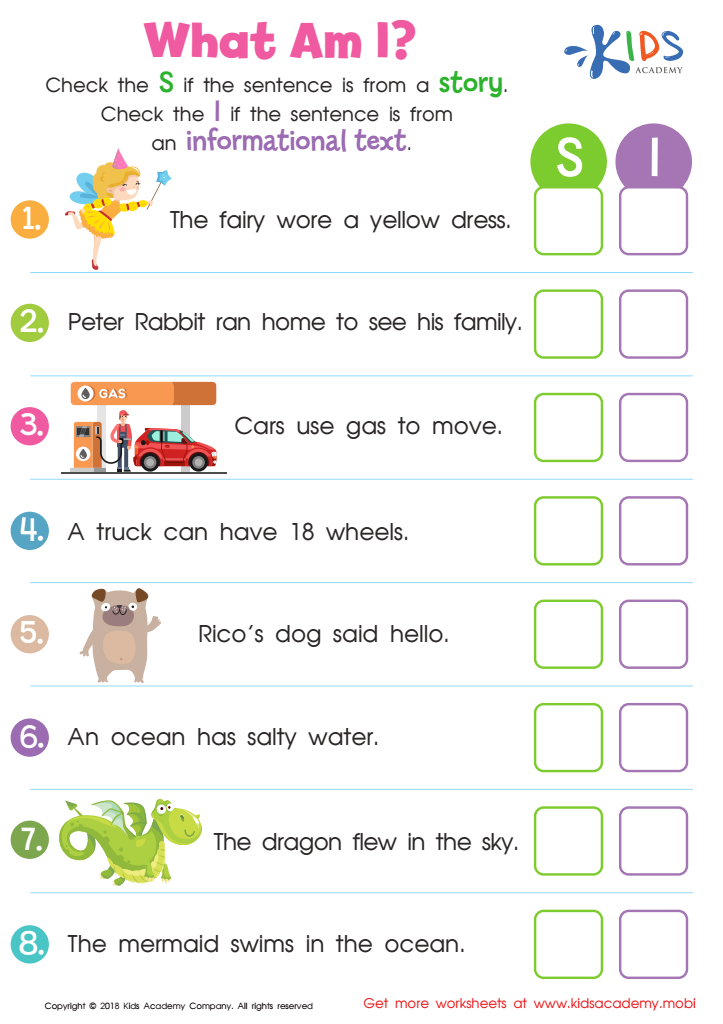

What Am I? Worksheet
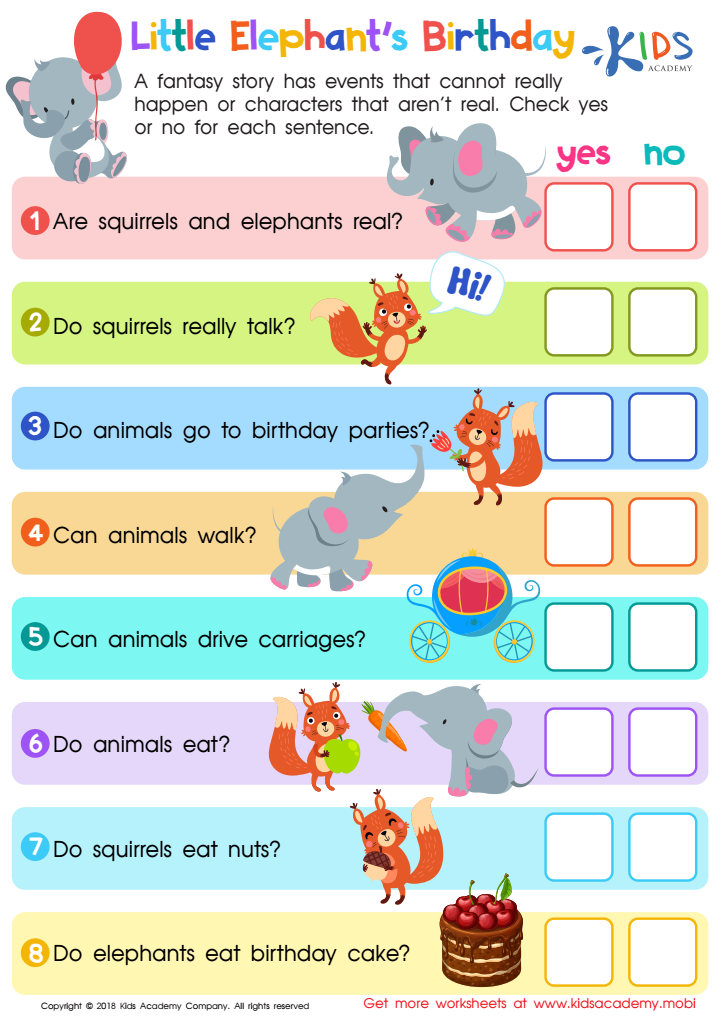

Little Elephant's Birthday Worksheet
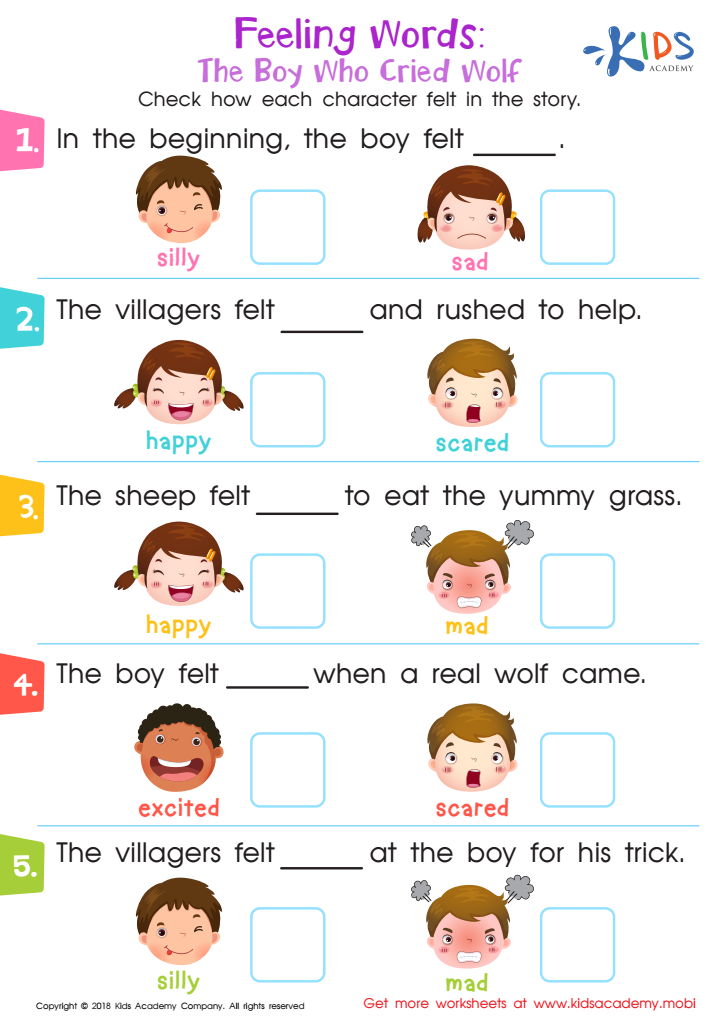

Feeling Words: The Boy Who Cried Wolf Worksheet
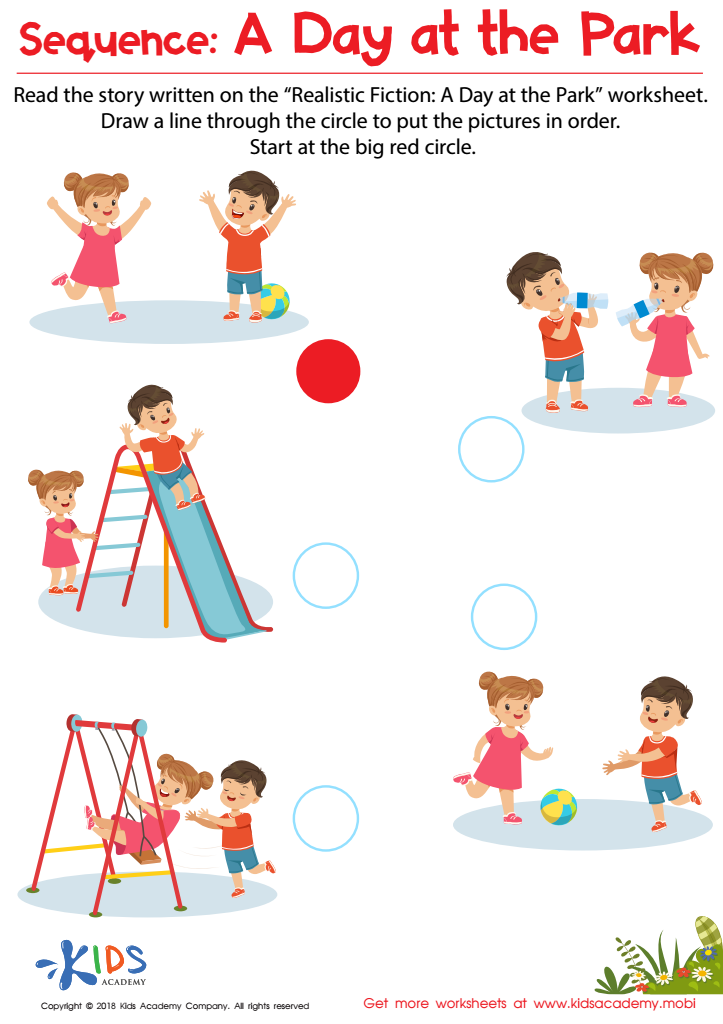

Sequence: A Day at the Park Worksheet
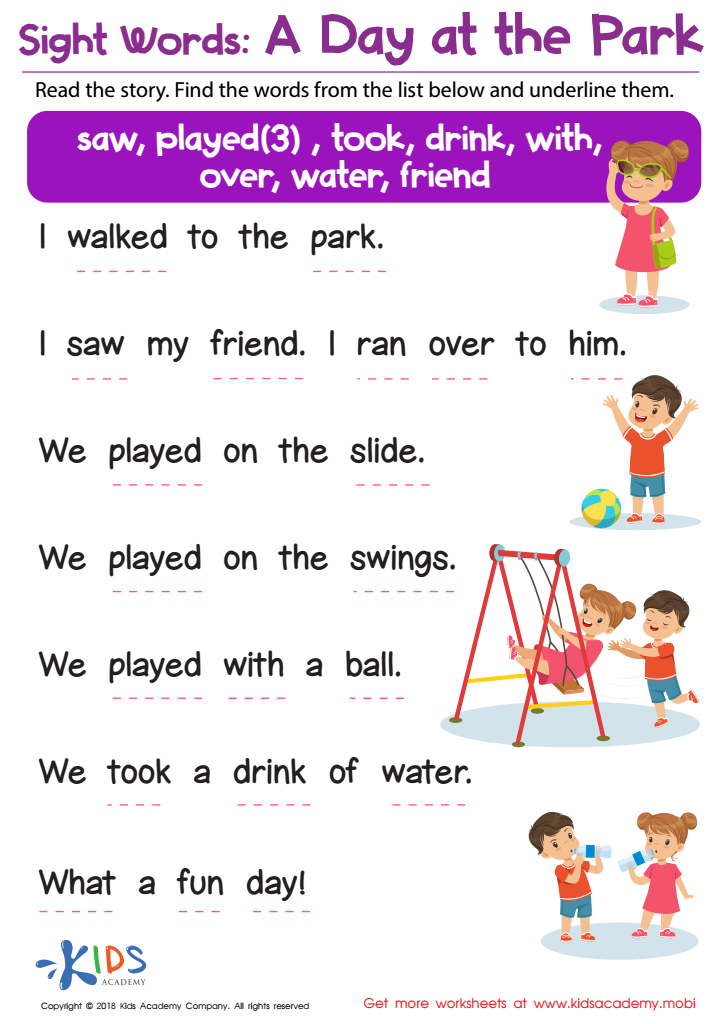

Sight Words: A Day at the Park Worksheet
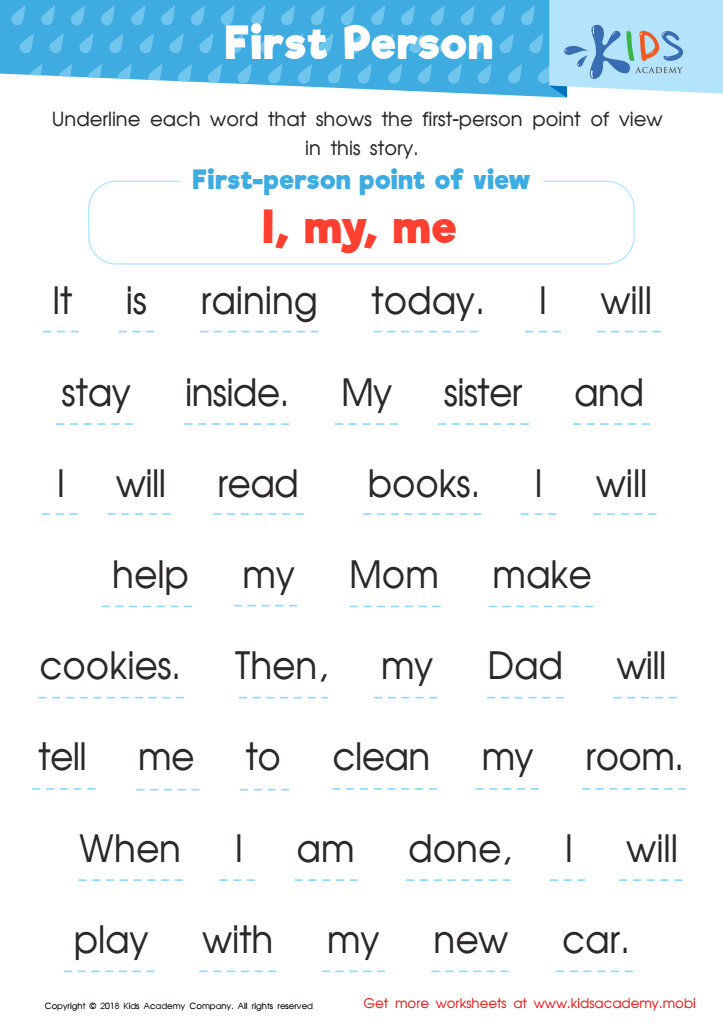

First Person Worksheet
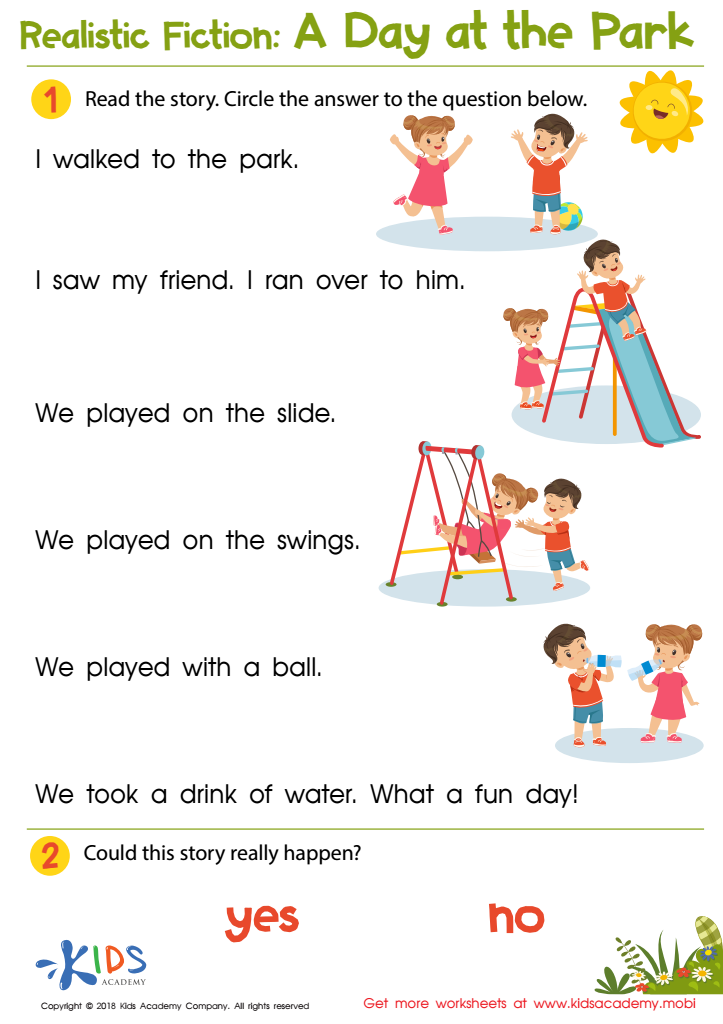

A Day at the Park Worksheet
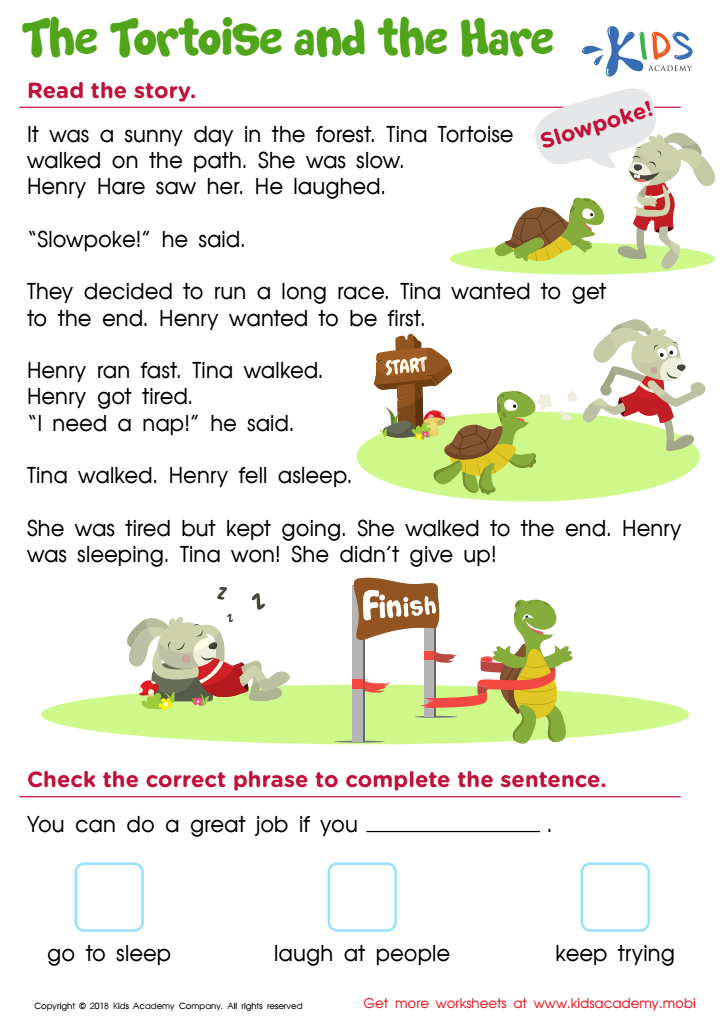

The Tortoise and the Hare Worksheet
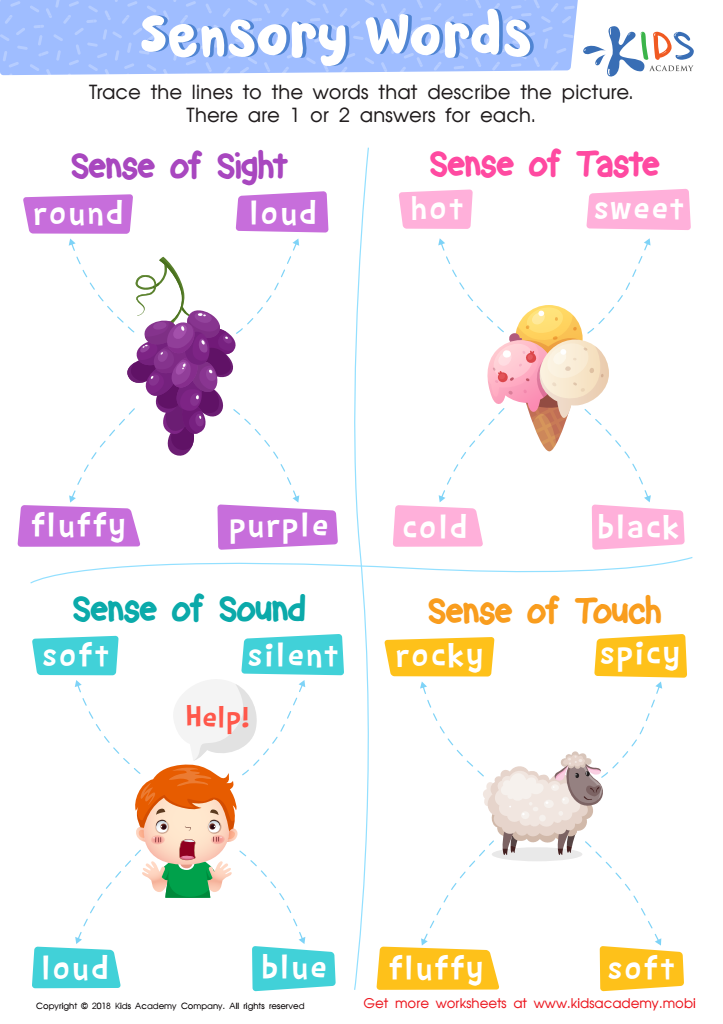

Sensory Words Worksheet
Craft and Structure is an essential component of the Grade 1 English Language Arts curriculum that focuses on how authors construct their texts and how readers make sense of these constructions. For parents and teachers, understanding this aspect of literacy is crucial for several reasons.
Firstly, it enhances children's reading comprehension. By recognizing elements like text features, narrative structure, and language choices, children develop a deeper understanding of what they read. This skill not only fosters critical thinking but also enables young learners to differentiate between various types of texts, such as fiction and nonfiction.
Secondly, it encourages creativity. Engaging with Craft and Structure allows children to appreciate the artistry of writing. They learn that their own writing can be influenced by the techniques used by authors, fostering their confidence and expression.
Lastly, a focus on Craft and Structure can support emotional and social growth. Discussions about characters, perspectives, and themes can spark important conversations about values and relationships, enhancing students’ social comprehension.
By prioritizing Craft and Structure, parents and teachers help cultivate fluent, thoughtful readers and writers who are equipped to navigate not just their education but the world outside as well.
 Assign to My Students
Assign to My Students








